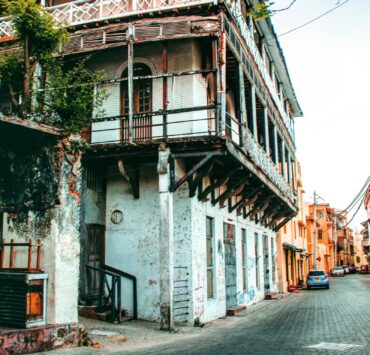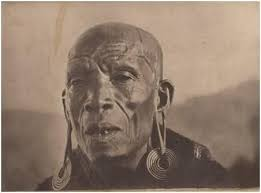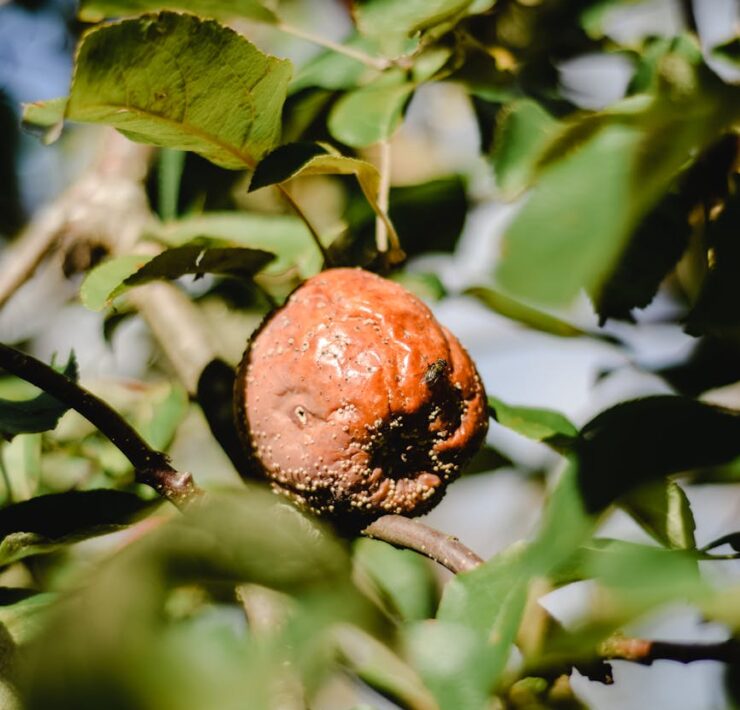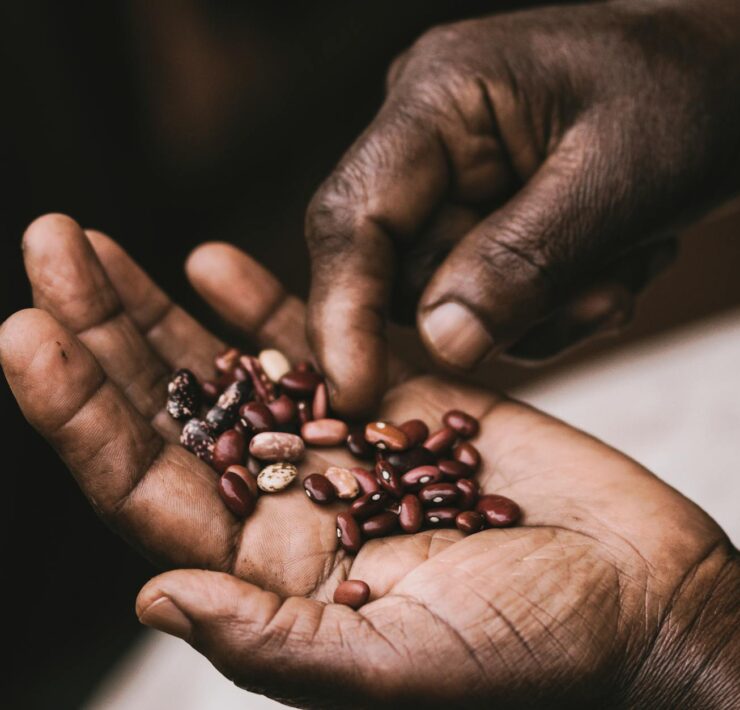Gedi, The Ancient City of Malindi
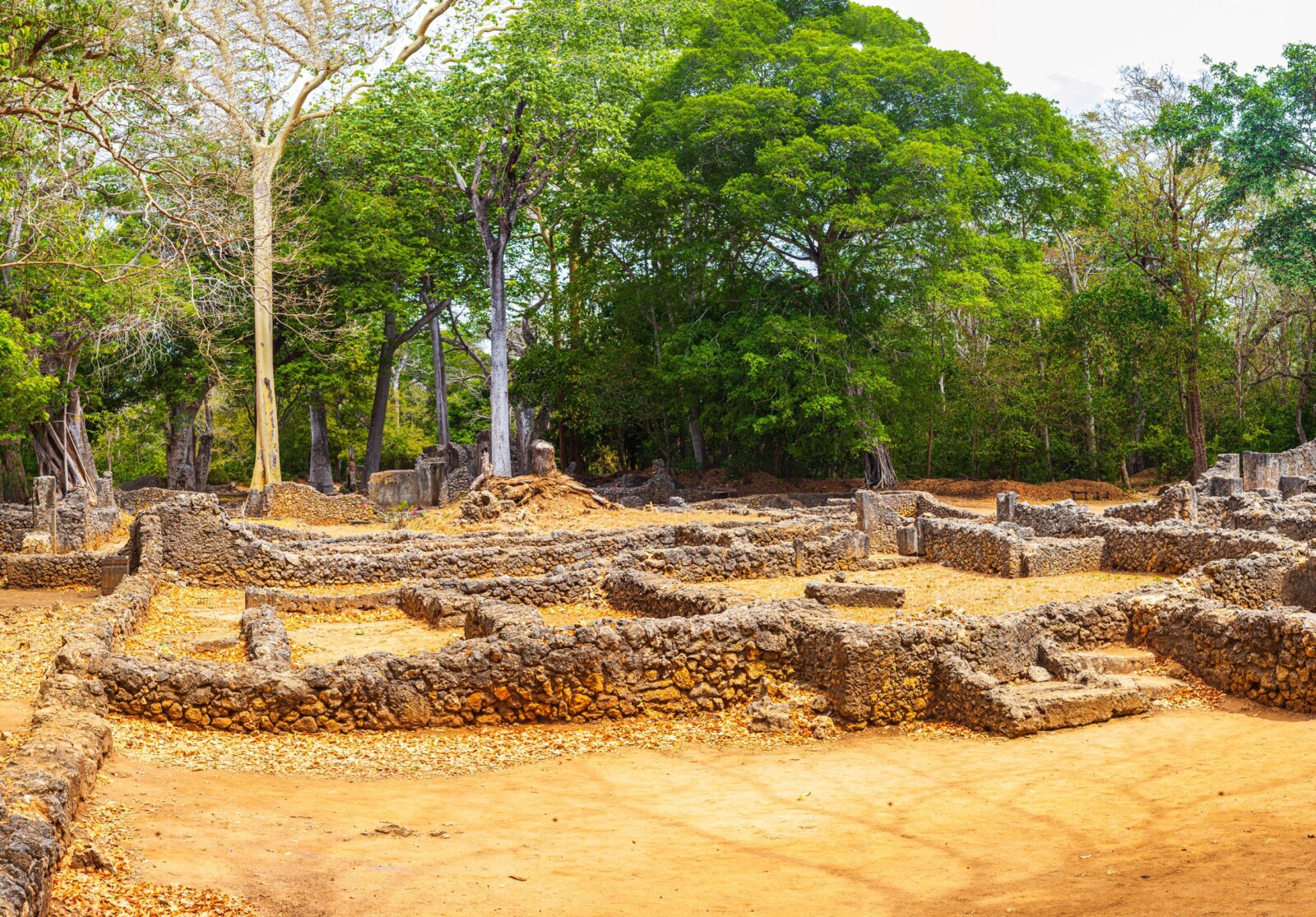
Samuel Phillips is a writer, graphic designer, photographer, songwriter, singer…
A Magnificent Walled City on The Coast of Kenya
My family and I went on a tour of the ancient city of Gedi in Malindi, on the coast of Kenya. We had heard many stories about Gedi, the Swahili culture that was the foundation of the city, and the massive stone architecture and walls that gave the city its appeal.
Much like many of the ancient monuments scattered across various regions of Africa, Gedi, even in its ruined state, stands as a strong reminder that challenges the misconception that Africans knew nothing about civilization before the arrival of the Europeans. This city, with its two walls (outer and inner) as high as nine feet, a unique water system that sustained its inhabitants, a functional sewage system, several stone mosques, a palace for the ruling Sultan, an office within the palace for governance, a library, a court or Baraza for decision-making, a thriving economy that traded with foreigners (including Arabs and the Chinese), and many other architectural marvels, tells a very different story from the one often portrayed by foreign scholars of African history.
Meet Zena: The Historian and Researcher
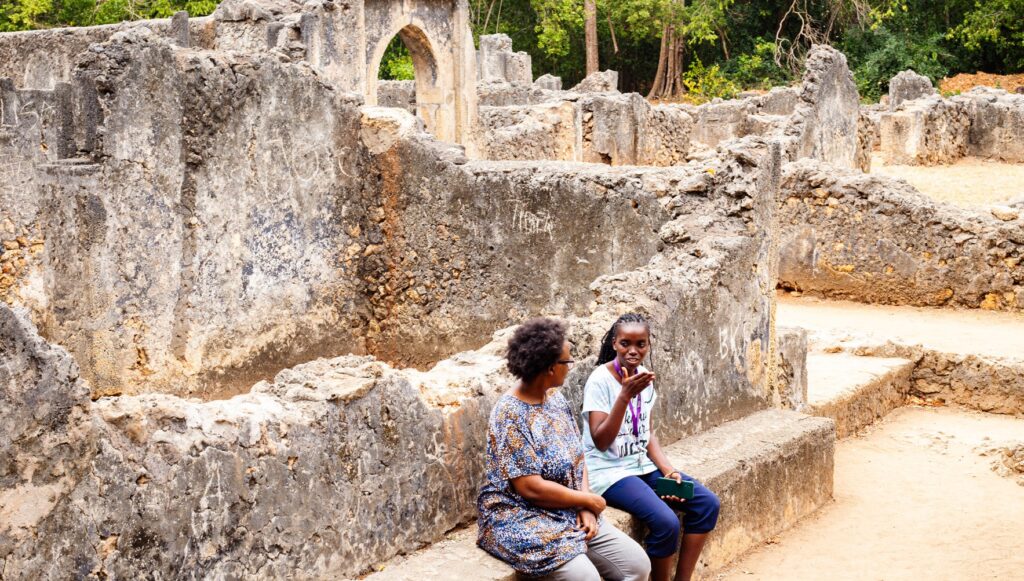
“Welcome to Gedi National Monument. This site is currently a UNESCO World Heritage site. The ruins we will be visiting are enclosed within two walls: an outer wall that spans 45 acres and an inner wall that covers 18 acres,” Zena, our tour guide, began as she welcomed us to Gedi, an ancient Swahili city in Malindi.
As it turned out, Zena was not just a tour guide, as we had initially thought, but a historian and researcher conducting research in Gedi. She even gave me two pieces of porcelain fragments, which she believed were from ancient Chinese vases.
“Gedi is one of the largest historical monuments along the coast of Kenya,” she continued. “It is larger than Fort Jesus in Mombasa Old Town, larger than Jumba la Mtwana, Mtwapa ruins, and other similar sites in the area. Gedi is similar to Kilwa in Tanzania. When we speak of the Swahili civilization, these cities are found all along the coast, from the Kenya-Somalia border down to Tanzania.”
“The city was enclosed by two walls. The outer wall, covering 45 acres, had two gates: a north gate and a northwest gate. The inner wall, covering 18 acres, had three gates: east, south, and west. These gates were intentionally misaligned for security purposes—if invaders entered through one gate, it would give the city’s occupants time to escape through another. The walls also divided the city into social classes: the wealthy, the middle class, and the poor.”
“Gedi thrived from the 10th to the 17th century, earlier than Jumba la Mtwana. The city had no rivers, swamps, or lakes nearby, so its inhabitants had to dig wells. To date, we have counted 28 wells within the city ruins. The ocean is about four kilometers from here. The city’s occupants were all Muslims, and there were a total of eight mosques within the city. The outer wall of Gedi originally stood at nine feet high.”
The Discovery and Concealment of Gedi
Gedi was officially discovered in 1884 by a British explorer who was a resident of Zanzibar. Like many explorers of the time, he came scouting for land for his mother country. When they found this city, they decided to keep it hidden.
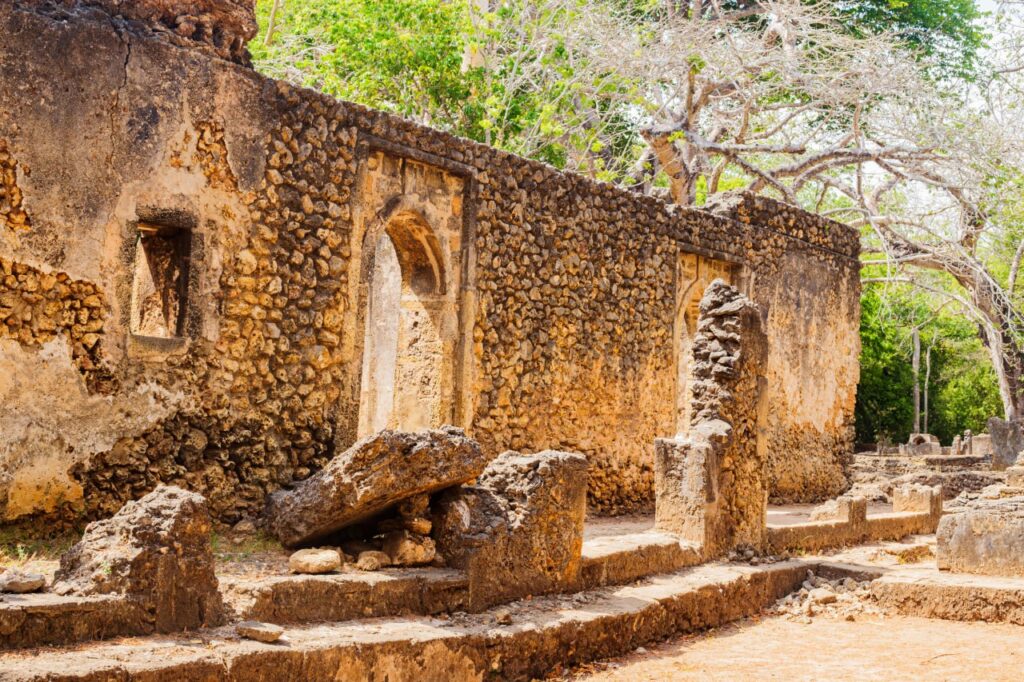
But Why Was It Hidden?
When Kenya came under British colonial rule in 1927, Gedi was finally made public. However, instead of being recognized as a historical monument, it was designated as a national park. For 40 years after its discovery, visitors came here to see animals rather than to learn about its rich history.
You might be wondering why the British colonial government kept Gedi a secret or why they chose to classify it as a national park rather than a historical monument. We have explored this question in some of our previous articles and videos. One particular video, titled Ancient African Cities That Were Destroyed by Europeans and Why, sheds light on this issue. The reason is always the same—never allow Africans to know that their history did not begin with poverty and debt.
Walking Through Gedi
After the warm welcome from Zena, entering Gedi and seeing the massive structures and the vast collection of indigenous trees, some centuries old, was an incredible experience. It made me think about what life must have been like back then and the thought process behind the city’s architectural design and layout. Zena even mentioned that at some points in history, female rulers who bore the title Sultana governed Gedi, and not just males who bore the title Sultan.
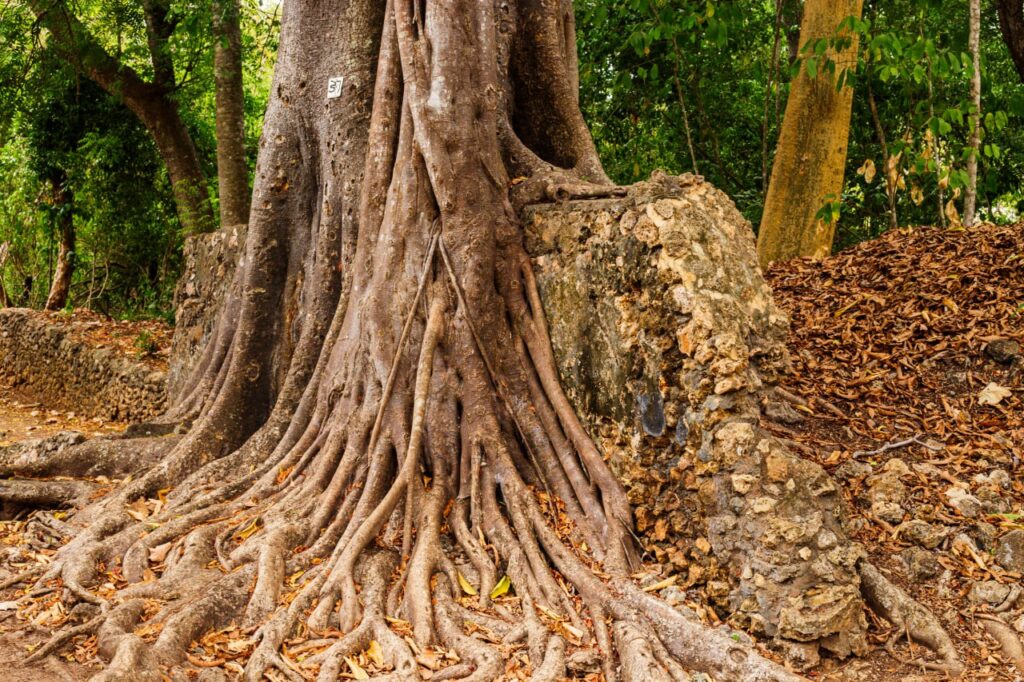
Regarding women’s roles in Swahili culture, Zena shared something fascinating. In ancient Swahili society, women were the heads of the household, not men. When a man married, he moved into his wife’s house. The dowry was given to the woman herself, not her family. It was not a mere gift but a payment for the role she was about to play in his life. The amount was determined by the woman, not the man. If the man chose to divorce her, she would take everything with her. Additionally, although Swahili men, as Muslims, were allowed to marry multiple wives, the decision to do so rested with the first wife. She had to be satisfied with how she was being treated before he could marry another woman.
Correcting Assumptions About Vasco da Gama
Zena also corrected some common misconceptions about Vasco da Gama, the Portuguese explorer. She explained that when Vasco da Gama arrived in Mombasa, he was turned away by Sultana Alidah, a female ruler of Mombasa at the time. She refused to assist him because she did not want to be seen as a traitor by her people. He was forced to leave and sailed north to Malindi, where he received the supplies he needed. He later returned with reinforcements and attacked Mombasa. This marked the beginning of the construction of Fort Jesus, which was built using enslaved locals who had refused to convert to Christianity.
Contrary to what many history books suggest, Vasco da Gama did not discover Mombasa or the Kenyan coast. He merely sought help for his journey. Furthermore, the so-called Vasco da Gama Pillar in Malindi was not erected as a monument of power but was built as a navigational aid for his future visits. The real pillar points the navigator directly towards India.
What Was Life Like in Gedi?
For the first time in a while, my almost three-year-old son was so delighted with a new place that he ran around excitedly as we explored the ruins. Everything fascinated him. He got so dusty from playing that we had to bathe him under one of the taps before leaving. Watching him run freely within the ancient city walls was a beautiful reminder of what life might have been like for children his age hundreds of years ago. Imagine an African city with proper streets, designated nooks for lamps carved into the walls, and bustling daily life—it must have been an incredible place to live.
What Happened to Gedi?
Much like other ancient cities along the Kenyan coast, the reasons for Gedi’s decline remain unclear. Jumba la Mtwana, for instance, ceased to exist about 500 years ago; the residents simply abandoned the location one day. Some theories suggest that it was abandoned due to:
- Invasion by the Oromo people from Ethiopia
- Changes in the water table that threatened the city’s water supply
- Foreign diseases brought by traders and explorers
- The slave trade (though Zena doubted this theory)
Why Tell Gedi’s Story?
I did not write this article to prove anything to foreign historians who have long distorted African history. Nor did I write it to convince Europeans that Africa had civilizations, cities built of stone, and real walls—not just mud huts as often depicted in Western historical films. I wrote it simply because real things happened in Africa, built by Africans, and these stories deserve to be told.
Gedi, like many other great African cities and civilizations, should not remain hidden simply because it makes some people uncomfortable that Africans are finally telling their own history.
The first time I read about Gedi was in When We Ruled by Robin Walker. Visiting Gedi to see what he described was an unforgettable experience.
In that book, Walker discussed several of such monuments of ancient African cities scattered across various regions of the continent of Africa. Robin Walker as one of the foremost African historians also has an online course called The Black Secret where he teaches African history. To enroll for his online Black Secret course and to get his free ebook titled: 100 Black History Facts, use this link: https://www.theblacksecret.co.uk/a/2147508849/aXsb7Wyr
Use the coupon code “SAMUEL” to get 20% discount on eligible offers.
What's Your Reaction?
Samuel Phillips is a writer, graphic designer, photographer, songwriter, singer and a lover of God. As an Afrikan content creator, he is passionate about creating a better image and positive narrative about Afrika and Afrikans. He is a true Afrikan who believes that the true potential of Afrika and Afrikans can manifest through God and accurate collaborations between Afrikans. Afrika is the land of kings, emperors, original wisdom, ancient civilizations, great men and women and not some road-side-aid-begging poor third world continent that the world finds joy in undermining.









